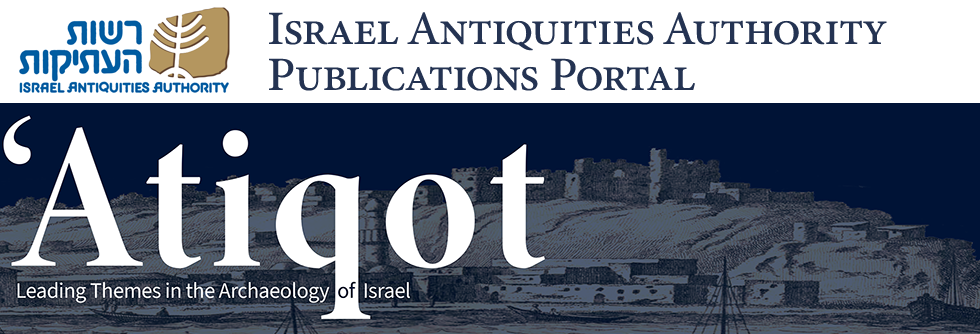Abstract
Recent excavations at Shiḥin, near ancient Ẓippori (Sepphoris) in Lower Galilee (Isarel), have revealed evidence of a Roman-period ceramic oil-lamp production workshop. The findings include a pottery kiln, lamp molds and industrial waste, prompting a reevaluation of oil-lamp production technologies and introducing new research questions. These questions were explored through experimental archaeology aimed at reconstructing manufacturing methods. This article focuses on the production technology of the Shiḥin FR oil lamps, distinguished by their unique designs and limited production period (70–135 CE). These chalk-mold-designed lamps were examined through high-resolution 3D scanning, reverse engineering and experimental archaeological practices, including mold carving, lamp production and kiln firing, seeking to gain deeper insights into the technologies employed by ancient artisans.
Keywords
Lower Galilee, Roman-period, oil lamps, Shihin FR, chalk molds, kiln, experimental archaeology, reverse engineering, production, workshop, technology
Recommended Citation
Dray, Yehoshua (Yeshu) and Gonen, Ilana
(2025)
"“Shihin FR” Oil Lamps: Technology from Scratch,"
'Atiqot: Vol. 118, Article 8.
DOI: https://doi.org/10.70967/2948-040X.2320
Available at:
https://publications.iaa.org.il/atiqot/vol118/iss1/8
Included in
Agriculture Commons, Biblical Studies Commons, History of Art, Architecture, and Archaeology Commons

